 This summer, Tabor marine science faculty members Jennifer Albright and Kimberly Ulmer, set out to foster some new relationships and learn from local scientists about how to ensure the success of our fledgling oyster farm, as well as ways to integrate the farm into two new marine science courses at Tabor in physical and chemical oceanography.
This summer, Tabor marine science faculty members Jennifer Albright and Kimberly Ulmer, set out to foster some new relationships and learn from local scientists about how to ensure the success of our fledgling oyster farm, as well as ways to integrate the farm into two new marine science courses at Tabor in physical and chemical oceanography.
On a visit to Roger Williams University, Dale Leavitt, an associate professor of biology, shared his research project on the effects of water flow in and around oyster farms, a hot topic in the field of aquaculture these days. It was a coincidence that the next day, Albright and Ulmer were introduced to Vitalli Shermet, a scientist with NOAA and WHOI, who invented an apparatus featuring a HOBO sensor used to measure bottom currents in 360 degrees called the SeaHorse Tilt Current Meter used in university research. Albright and Ulmer ordered both a flow and tide meter for Tabor knowing they would bring immediate benefits to all aspects of our marine science curriculum, perhaps most immediately to our oyster farm. Albright explained, “If we want our oyster farm to prosper, we need to know what is going on in the water.” Shermet installed the new sensors on October 9 at the Hoyt and Crew Docks (tide and currents respectively) where we hope to build an oyster reef in the near future.
Bottom currents are important to oysters as they bring in food, remove waste, and effect where the larvae will move in the water, ultimately dictating where the oysters will eventually settle. Additionally, some areas of the harbor may be less than ideal for growing due to the amount of sediment and potential pollutants the currents stir up. For Tabor, the data these probes provide are important to research opportunities in our new courses in chemical and physical oceanography, as well as our ongoing collaboration with the Town of Marion to make our oyster farm and grow out areas as efficient as possible. We hope to reinvigorate the oyster population in Sippican Harbor for their tremendous benefit to water quality.
The tide gauge and bottom current probes use similar software and are used in conjunction with a few other mobile instruments we purchased for our Caribbean Studies Program called HOBO Sensors built at Onset, a local company located in Onset, MA. Our array of instruments collects information on temperature, salinity, dissolved oxygen, currents and tides wherever they are placed. Currents and tides are measured over one moon cycle (about a month) before they are moved to a new location. Students download this real-time, local data specific to our harbor, and can overlay several measures for comparison, using the HOBO software to help formulate and answer questions being raised in class. This data allows for countless research opportunities to study the physical dynamics and chemical attributes of our harbor, and specifically to understand its challenges and assets for raising oysters.
Providing students with hands-on research opportunities relevant to their environment and community is an important aspect of science instruction at Tabor. The very real issues our town faces with water quality allow us to join with our community to help provide solutions that can now be grounded in real local data: not data built from computer modeling. With this new equipment and coursework, we hope to create new knowledge that will benefit our students, the town, and our local environment.









